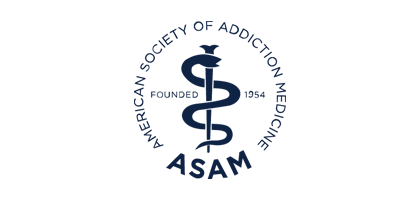Public Policy Statements
Regulation of the Treatment of Opioid Use Disorder with Methadone
This policy statement is archived and no longer considered active ASAM policy. Archived statements are available for historical purposes upon request. Please email advocacy@ASAM.org to request a copy of an archived policy statement.




27b70615-d214-4671-8499-2407312a7031.png?sfvrsn=131b083f_1)

